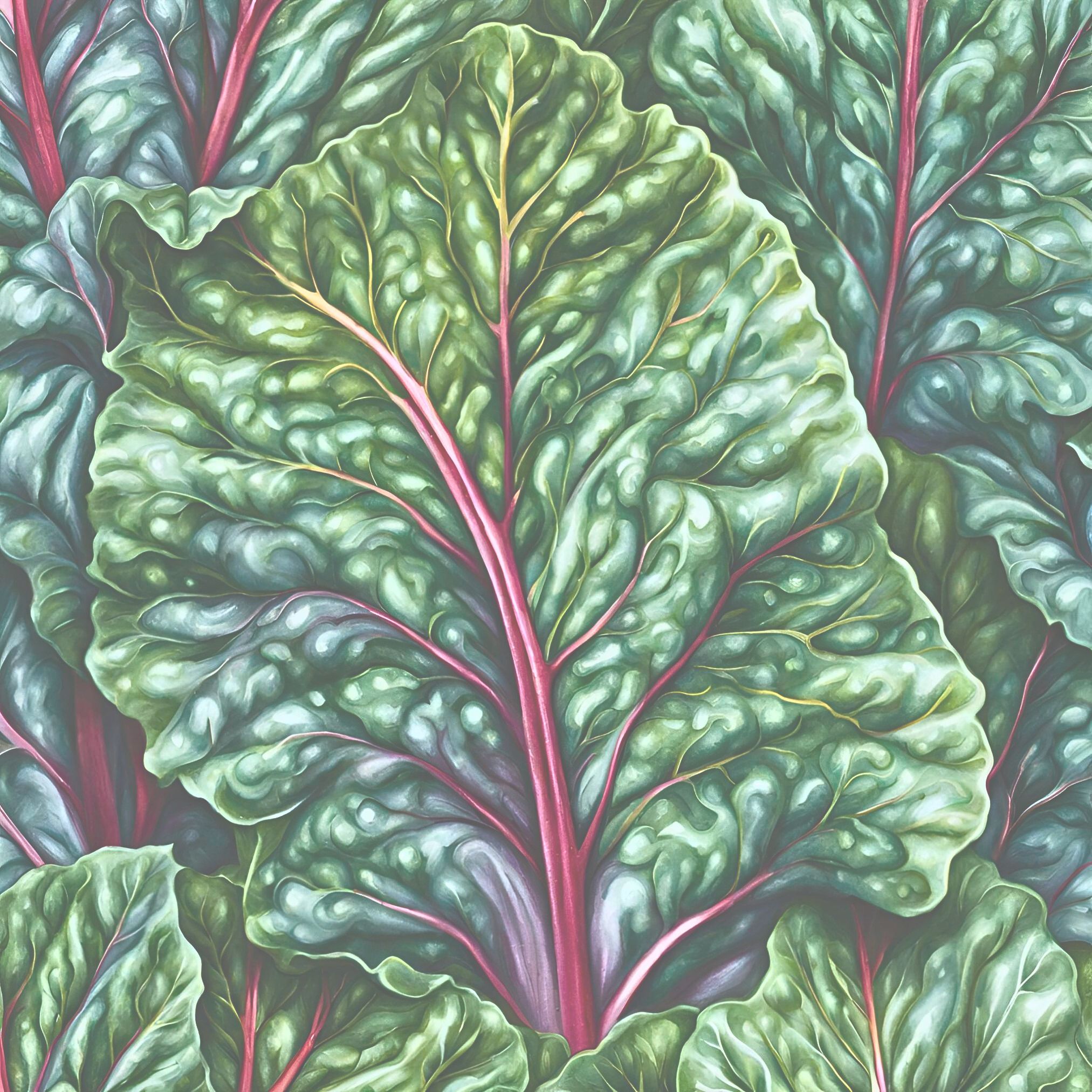
5 Vegan Cheese Waxing & Aging Techniques (For Next-Level Artisan Results!)
If you’re still asking, “Does vegan mean dairy-free?”, then you’re ready to elevate your plant-based cheesemaking with professional waxing and aging techniques. These methods create harder rinds, deeper flavors, and longer shelf life—just like traditional dairy cheeses, but 100% cruelty-free.
As a vegan affineur (cheese ager) who has experimented with waxed, cloth-bound, and oil-rubbed cheeses, I’ll guide you through the best methods to transform your homemade vegan cheeses into aged masterpieces.
1. Beeswax-Free Cheese Coating (For Hard Cheeses)
Why Wax?
- Locks in moisture during aging
- Prevents mold overgrowth
- Creates a smooth, sliceable rind
Ingredients & Tools:
- Food-grade vegan wax (carnauba or candelilla)
- Double boiler
- Natural bristle brush
Method:
- Melt wax in a double boiler (keep below 200°F / 93°C).
- Dip cheese twice (let first layer dry before second coat).
- Age at 55°F (13°C) for 2+ months.
Best For: Vegan cheddar, gouda, or pepper jack.
Pro Tip: Add turmeric or paprika to wax for color.
Source: The Art of Vegan Cheesemaking by Karen McAthy
2. Cloth-Bound Aging (For Traditional-Style Rinds)
Why Cloth-Binding?
- Breathable (allows slow moisture loss)
- Develops natural molds (like dairy clothbound cheddar)
- Textured, rustic rind
Ingredients & Tools:
- Cheesecloth or muslin
- Vegan lard or coconut oil (for sealing)
Method:
- Rub cheese with vegan lard (or coconut oil + salt).
- Wrap tightly in damp cheesecloth.
- Age at 85% humidity, flipping weekly for 3+ months.
Best For: Farmhouse-style vegan cheddar.
Pro Tip: Smoke the cloth before wrapping for extra depth.
Source: The Vegan Cheese Revolution by Jules Aron
3. Oil-Rubbed Aging (For Semi-Hard Cheeses)
Why Oil-Rubbing?
- Prevents cracking
- Encourages beneficial molds
- Easy for beginners
Ingredients & Tools:
- Extra-virgin olive oil (or refined coconut oil)
- Herbs/spices (optional)
Method:
- Brush cheese with oil every 3 days.
- For flavor, add rosemary, black pepper, or garlic powder.
- Age at 50-55°F (10-13°C) for 1-2 months.
Best For: Vegan manchego, asiago, or havarti.
Pro Tip: Use mustard oil for a pungent kick.
Source: The Non-Dairy Evolution Cookbook by Skye Michael Conroy
4. Vacuum-Sealed Aging (For Fast, Controlled Results)
Why Vacuum-Seal?
- No humidity management needed
- Prevents contamination
- Speeds up aging (due to anaerobic environment)
Ingredients & Tools:
- Vacuum sealer
- Parchment paper (to prevent sticking)
Method:
- Wrap cheese in parchment paper.
- Vacuum-seal tightly.
- Age at fridge temps (38°F / 3°C) for 1-3 months.
Best For: Nut-free cheeses (lentil blue, sunflower brie).
Pro Tip: Freeze for 1 hour before sealing to prevent crushing.
Source: Modern Vegan Cheese Science by Dr. Zachary Metz
5. Leaf-Wrapped Aging (For Artistic Rinds)
Why Leaf-Wrapping?
- Natural antimicrobial protection
- Beautiful presentation
- Adds earthy flavors
Ingredients & Tools:
- Grape, banana, or chestnut leaves
- Twine or cheese netting
Method:
- Blanch leaves in saltwater to soften.
- Wrap cheese tightly, securing with twine.
- Age at 60°F (15°C) for 4+ weeks.
Best For: Vegan camembert, goat-style cheeses.
Pro Tip: Brush with brandy before wrapping for extra complexity.
Source: The Plant-Based Cheesemaker’s Almanac by Elisa Randolph
📌 Pro Aging Tips for All Methods
✔ Flip cheeses weekly (prevents moisture pooling)
✔ Monitor for ammonia smells (sign of over-aging)
✔ Taste-test monthly (flavor peaks at different stages)
Coming in Part 2:
- Smoking Vegan Cheeses (Cold vs. hot smoke techniques)
- Infusing Alcohol into Aged Cheeses (Whiskey, wine, and beer washes)
Sources Cited:
- The Art of Vegan Cheesemaking
- The Vegan Cheese Revolution
- The Non-Dairy Evolution Cookbook
- Modern Vegan Cheese Science
- The Plant-Based Cheesemaker’s Almanac
Which aging technique excites you most? Tag your experiments #VeganCheeseAging! 🧀⏳
Next Up: 5 Smoked Vegan Cheeses (Cold & Hot Methods)! 🌲🔥

Leave a Reply